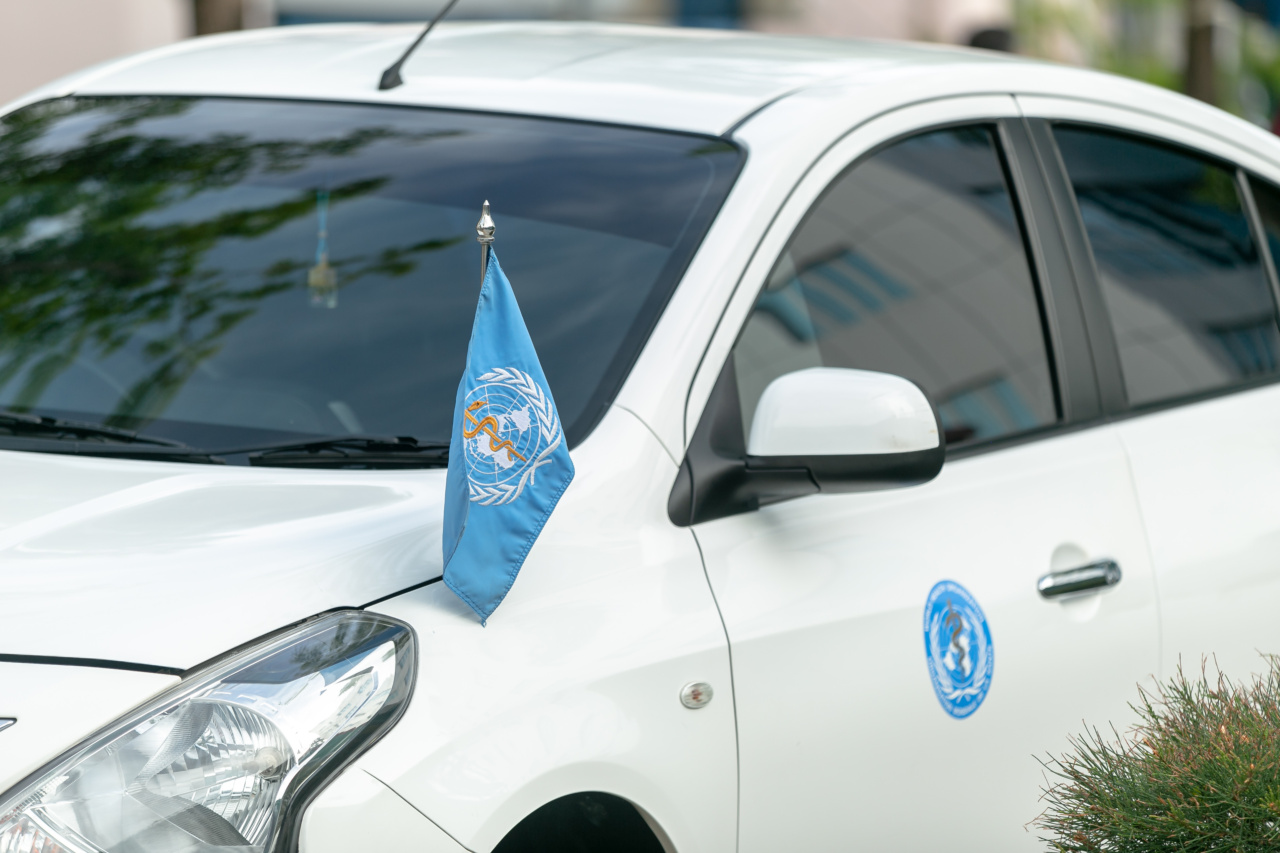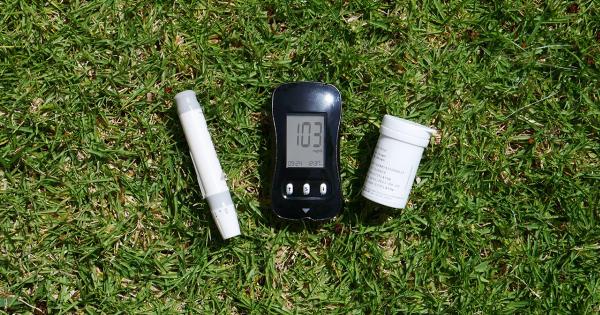Herpes zoster, commonly known as shingles, is a viral infection that causes a painful rash. It is caused by the same virus that causes chickenpox, varicella-zoster virus.
Once a person contracts chickenpox, the virus remains dormant in the nervous system, and it can reactivate years later as shingles.
While anyone who has had chickenpox can develop shingles, some people are at a higher risk. In this article, we will explore the signs of herpes zoster and who is at risk.
Signs of Herpes Zoster
The symptoms of herpes zoster usually begin with pain, tingling, or burning on a specific area of the skin. This is followed by a rash that appears as a band or strip on one side of the body.
The rash usually lasts 2-4 weeks and can be accompanied by other symptoms such as:.
1. Blisters
The rash is composed of small red spots that turn into fluid-filled blisters. The blisters can be itchy and painful and can break easily. After a few days, they dry out, scab over, and eventually fall off.
2. Headache
People with shingles can experience headaches, especially if the rash is on the face or scalp.
3. Fever and chills
Some people with shingles may develop a fever and chills, especially in the initial stages of the infection.
4. Fatigue
Shingles can cause fatigue, which can persist for several weeks even after the rash has disappeared.
5. Sensitivity to light
If the rash is on the face or scalp, the person may develop sensitivity to light.
Who Is at Risk?
Herpes zoster can affect anyone who has had chickenpox, but some people are at a higher risk. Here are some of the factors that increase the risk of developing shingles:.
1. Age
Shingles is more common in older adults, especially those over 50 years of age. As we age, our immune system weakens, making us more susceptible to infections.
2. Weakened immune system
People with weakened immune systems are more likely to develop shingles. This includes people with HIV/AIDS, cancer, and those who have undergone an organ transplant.
3. Stress
Stress can lower the immune system’s ability to fight off infections, making it more likely for the virus to reactivate.
4. Medications
Some medications, such as steroids or chemotherapy drugs, can weaken the immune system and increase the risk of developing shingles.
5. Chickenpox before the age of 1
People who had chickenpox before the age of 1 are at a higher risk of developing shingles because their immune system did not have enough time to build up immunity to the virus.
Prevention and Treatment
The best way to prevent shingles is to get vaccinated. The Centers for Disease Control and Prevention (CDC) recommends that adults 50 years and older get two doses of the shingles vaccine.
The vaccine can reduce the risk of developing shingles by 90% and can also reduce the risk of post-herpetic neuralgia (PHN), a complication of shingles that can cause long-term pain.
If you do develop shingles, there are several things you can do to ease the symptoms. Your doctor may prescribe antiviral medications to reduce the severity and duration of the infection.
Pain medications, such as acetaminophen or ibuprofen, can help relieve the pain. Applying cool compresses to the affected area can also provide some relief.
Conclusion
Herpes zoster, or shingles, is a painful viral infection that can affect anyone who has had chickenpox.
While anyone can develop shingles, some people are at a higher risk, including older adults, people with weakened immune systems, and those who had chickenpox before the age of 1. The best way to prevent shingles is to get vaccinated, and if you do develop shingles, there are several treatments available to ease the symptoms.






























